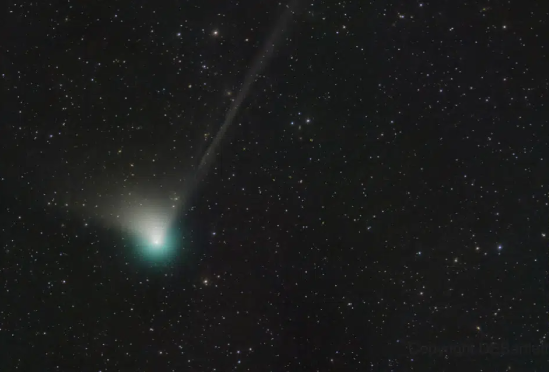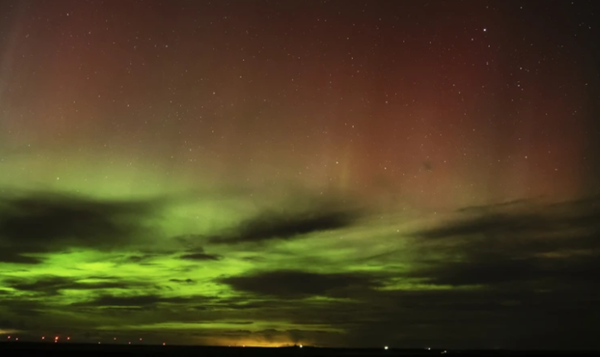It was a banner year for our region to look to the skies for spectacular and unique astronomical events.
Much of the country got to see the total solar eclipse on April 8th, but we were in the very exclusive square that got to witness two of them in the past 7 years. After the eclipse, the mass exodus of more than a million visitors back to the south and east made travel all but impossible, even on usually out-of-the-way roads.
We also experienced two of the best displays of Aurora Borealis this area has seen in decades. In fact, the so-called Northern Lights on May 10th were seen in Florida and Puerto Rico. October 10th brought another vivid canopy of pink, orange and green hues to the night sky over most of the Southeastern states.
The year closed out with a comet (Tsuchinshan-ATLAS) in October, peaking around the 14th. Visible in the western sky after sunset, it was our brightest comet since 1997.
What can we look forward to overhead in 2025? Quite a bit, according to astronomers:
In mid-January, the planet Mars’ entire illuminated face will be aligned toward Earth, making the planet appear brighter and much larger than usual.
On February 28, all seven of the solar system’s other planets will appear together in Earth’s skies in a rare alignment. Some will require a telescope, but Mars, Jupiter, Venus, Mercury and Saturn will all be visible to the naked eye.
A total lunar eclipse on March 14 will bathe the moon in a deep red hue for over an hour.
On September 21, the planet Saturn will be at opposition to Earth, like Mars in January. The unique feature this year is that the planet's famous rings will 'disappear' from our perspective for brief periods of the year while we view them from their edge.
November 5 will be the closest (largest) supermoon of the year, especially compared to March 14's micromoon.
All that is added to our half dozen or so annual meteor showers. Also, the high level of solar activity at the peak of the sun's 11-year cycle could suprise us with more nights of glowing auroras.
(Photos: National Weather Service, Associated Press)
Advertisement
2024 was a great year to look to the skies
Advertisement
Latest Local & Regional
Local & Regional
4 hours ago
Local & Regional
6 hours ago
Local & Regional
14 hours ago
Local & Regional
15 hours ago
Local & Regional
yesterday
ADVERTISEMENT
Most Read >
ADVERTISEMENT
Latest Local & Regional
Local & Regional
4 hours ago
Local & Regional
6 hours ago
Local & Regional
14 hours ago
Local & Regional
15 hours ago
Local & Regional
yesterday
Advertisement
ADVERTISEMENT







